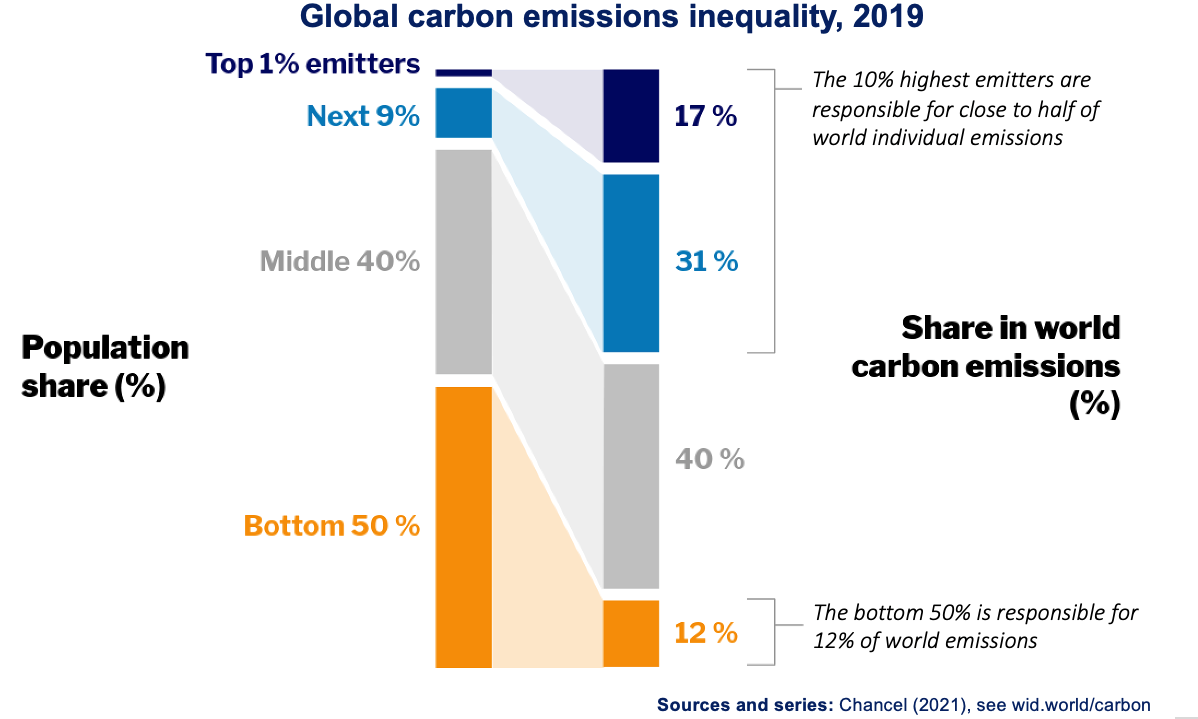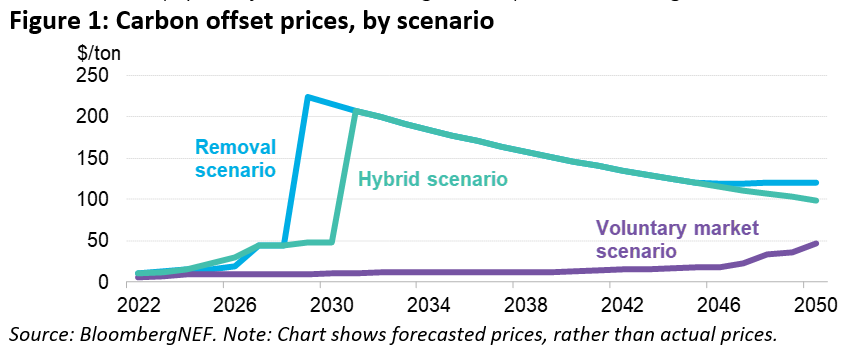Hello, welcome back to my blog! Given the pressing need to mitigate air pollution in view of retarding global warming, various measures like carbon taxes and carbon offsets have been introduced. In this post, we first explore what carbon offsets are and why there is a need for such a measure in our current world. I will then proceed to explore the controversy of implementing carbon offsets and their surrounding implications in my next post, so do stay tuned for that as well!
Carbon offsets in a nutshell
In short, carbon offsets are a way to reduce global greenhouse gas (GHG) emissions and carbon footprints, thus helping to build a more sustainable future. It is a compensatory mechanism in which an individual, organization, or government can balance out their GHG emissions by investing in projects that aim to reduce emissions elsewhere.

Fig 1: More about carbon offsets (Source: World Economic Forum, 2019)
These projects could involve the installation of renewable energy infrastructure or the implementation of reforestation efforts that serve as carbon sinks. The subsequent reduction in emissions is quantified in terms of carbon credits, which are then purchased by individuals or organizations to “pay” for their own harms and costs to the environment (Fig 2), thereby offsetting their own emissions in a way. One ton of carbon offset represents the reduction of one ton of carbon dioxide or its equivalent in other greenhouse gases.

Fig 2: A detailed breakdown of the Carbon Credits Ecosystem (Source: Paia, 2021)
The voluntary offset market was valued at $296 million in 2018, increasing to $320 million in 2019. It injected $5.5 billion into emission reduction activities in the past 20 years, demonstrating its immense popularity. In a study conducted by the European Commission on the International Aviation industry, it was found that carbon offset projects could potentially reduce emissions by up to 3.6 billion metric tons per year by 2030. This reduction is equivalent to approximately 6% of global emissions in 2016.
History of carbon offsets and timeline of major events
Anthropogenic contributions to global carbon footprint resulting in accelerated climate change were recognised by the Kyoto Protocol in 1997. Countries that ratified the Kyoto Protocol were assigned maximum carbon emission levels for specific periods and participated in carbon credit trading (which is not the same as carbon offsetting). The Kyoto Protocol also outlined the first offset provisions under the CDM (Clean Development Mechanism) which allowed developed countries to offset their emissions by investing in environment-positive projects in developing countries. In light of the rising disparity in global carbon emissions, more countries started adopting carbon offsets to make up for the amount of pollution they are releasing.
Fig 3 depicts the extent of inequality regarding population share versus the amount of GHG emissions generated. The top 1% of emitters alone already contribute approximately 17% of the world’s carbon footprint. Therefore, they started seeking ways to “payback” their environmental debt via carbon offsets or carbon trading, and outsourcing their environmentally destructive practices to other parts of the globe.

Fig 3: The top emitters generate a disproportionately large share of global carbon emissions (Source: Chancel, 2021)
 Loading...
Loading...
What is its relevance in today’s context?
Carbon offsets are an important tool for businesses and governments to achieve the global target of achieving carbon neutrality and net zero emissions by 2050. As the problem of air pollution and global warming continues to grow bigger, it becomes even more important and pertinent to consider carbon offsetting.
According to the Long-Term Carbon Offsets Outlook research report published by BNEF, the offset market failed to expand in 2022 due to media and investor criticism. However, the total value of carbon credits produced and sold to help companies and individuals meet their de-carbonization goals could approach $1 trillion as soon as 2037.
BNEF modeled supply, demand, and prices for carbon offsets as shown in Fig 4. The voluntary market scenario assumes all types of supply are permitted, including offsets that avoid emissions rather than removing them, like clean energy and avoided deforestation. The excess supply and lack of regulation thus keep prices down to just $11/ton in 2030 and $47/ton in 2050.

Fig 4: Carbon offset prices over the next few years by scenario (Source: BloombergNEF, 2023)
On the other hand, a carbon-removals-only scenario could cause a pricing surge of as much as 3,000% by 2029. The removal scenario limits supply to removal offsets like reforestation and nascent technologies such as direct air capture. The market will be briefly undersupplied as such technology remains costly to build at a major scale.
Bibliography
Conte, M. N., & Kotchen, M. J. (2012). Explaining the price of voluntary carbon offsets. Climate Change Economics, 1(2): 93-111.
Dargusch, P., & Thomas, S. (2012). A critical role for carbon offsets. Nature Climate Change, 2: 470 .
Donofrio, S., Maguire, P., Zwick, S., & Merry, W. (2020). Voluntary Carbon and the Post-Pandemic Recovery. Washington DC: Ecosystem Marketplace.
ECOFYS. (2006). The Gold Standard: Manual for Project Developers. New York: The Gold Standard.
EY. (2022). Essential, expensive and evolving: The outlook for carbon credits and offsets. Sydney: EY.
Giritharan, A. (2022). The promises and pitfalls of carbon offsetting. London: UCL Institute for Sustainable Resources.
Henze, V. (2022, January 10). Carbon Offset Prices Could Increase Fifty-Fold by 2050. Retrieved from BloombergNEF: https://about.bnef.com/blog/carbon-offset-prices-could-increase-fifty-fold-by-2050/
Normand, A. (2022, September 29). What is carbon offsetting and removal? Retrieved from Greenly: https://greenly.earth/en-us/blog/company-guide/what-is-carbon-offsetting-and-removal
Smoot, G. (2021). The History of Carbon Offsetting: The Big Picture. Retrieved from Impactful Ninja: https://impactful.ninja/the-history-of-carbon-offsetting/#:~:text=When%20and%20How%20Did%20Carbon,the%20release%20of%20greenhouse%20gases.
Leave a Reply